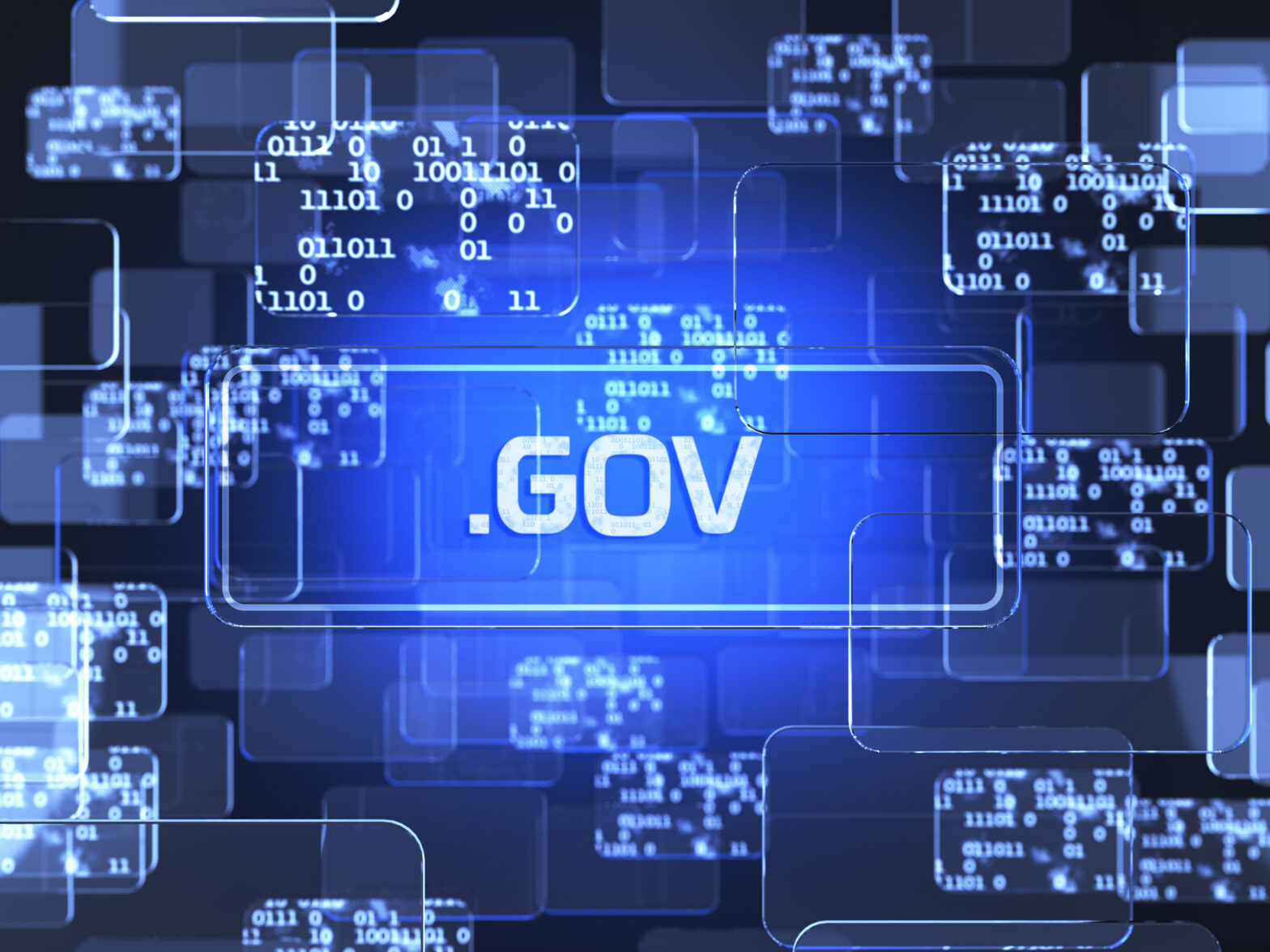Citizens that government bodies serve are increasingly the same digital savvy consumers that market disruptors in banking, retail and utilities are attracting with sophisticated, data-driven online experiences.
It’s a mutually beneficial arrangement; consumers get to buy services in ways that suit them while businesses get the efficiencies they want, wrestling profits and market share from competitors.
These service users, particularly millennials (and soon Generation Z), are clamouring for new, digitally enabled, high-speed routes to interact with public sector agencies. They push the digital agenda onwards because they expect the same level of personalisation and digital enablement from government as they enjoy from business.
>See also: How achievable is the Government Transformation Strategy?
But where are they pushing government digital strategy to? Well, while the UK Government has done an incredible job of delivering at the front end of service provision, digitalisation could go much further.
The government’s latest transformation strategy looks at how digitalisation can help it to become more responsive and agile – something that will be particularly important following Brexit. But how much further should digitalisation go and what will it look like?
Instead of simply being used to make it easier and faster for citizens to interact with government and for government to deliver more efficient services, SAS believes digitalisation can deliver a truly vibrant capability – one that sits at the heart of policy development, strategy and operations.
>See also: Why government-driven digital transformation is a train wreck
Everyone knows how much data government departments have access to, even in the face of new data regulations such as the new General Data Privacy Regulation. So how would it be if every department leveraged this data not just to create sleek services but to better understand the needs and opinions of citizens, to project the outcomes of policy, to predict resourcing requirements many generations ahead, or even to modify certain behaviours – let’s say criminal activity and work ethics?
This would create a new reality where embracing data powered digitalisation and transformed decision-making at all levels, helping everyone to act with speed, accuracy and relative objectivity, given it would constitute a new focus on using analytic-driven evidence.
So, what exactly could be done? Fortunately, with certain types of advanced analytics, the only limitation is your imagination! Here are just some of the positive impacts a deeper kind of digitalisation could have. Just imagine these scenarios as examples:
• Gauging public reactions to new policies – and adapting them prior to launch to improve adoption rates and citizen satisfaction.
• Accurately predicting housing demand and outcomes from streamlining the planning system.
>See also: Politics will hinder the Government’s Transformation Strategy – Gartner
• Forecasting local economic growth with precision in order to budget more effectively for infrastructure growth and social services.
• Modelling the impacts of national and international economic fluctuations, population change and environmental legislation to be able to take next best actions on smart transport infrastructure investment.
Sourced by David Downing, Central Government and Healthcare Director, SAS UK
The UK’s largest conference for tech leadership, TechLeaders Summit, returns on 14 September with 40+ top execs signed up to speak about the challenges and opportunities surrounding the most disruptive innovations facing the enterprise today. Secure your place at this prestigious summit by registering here







